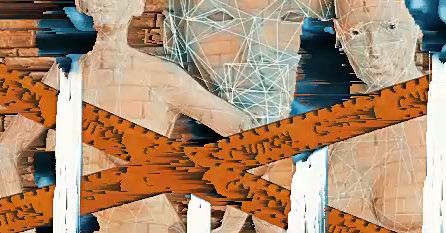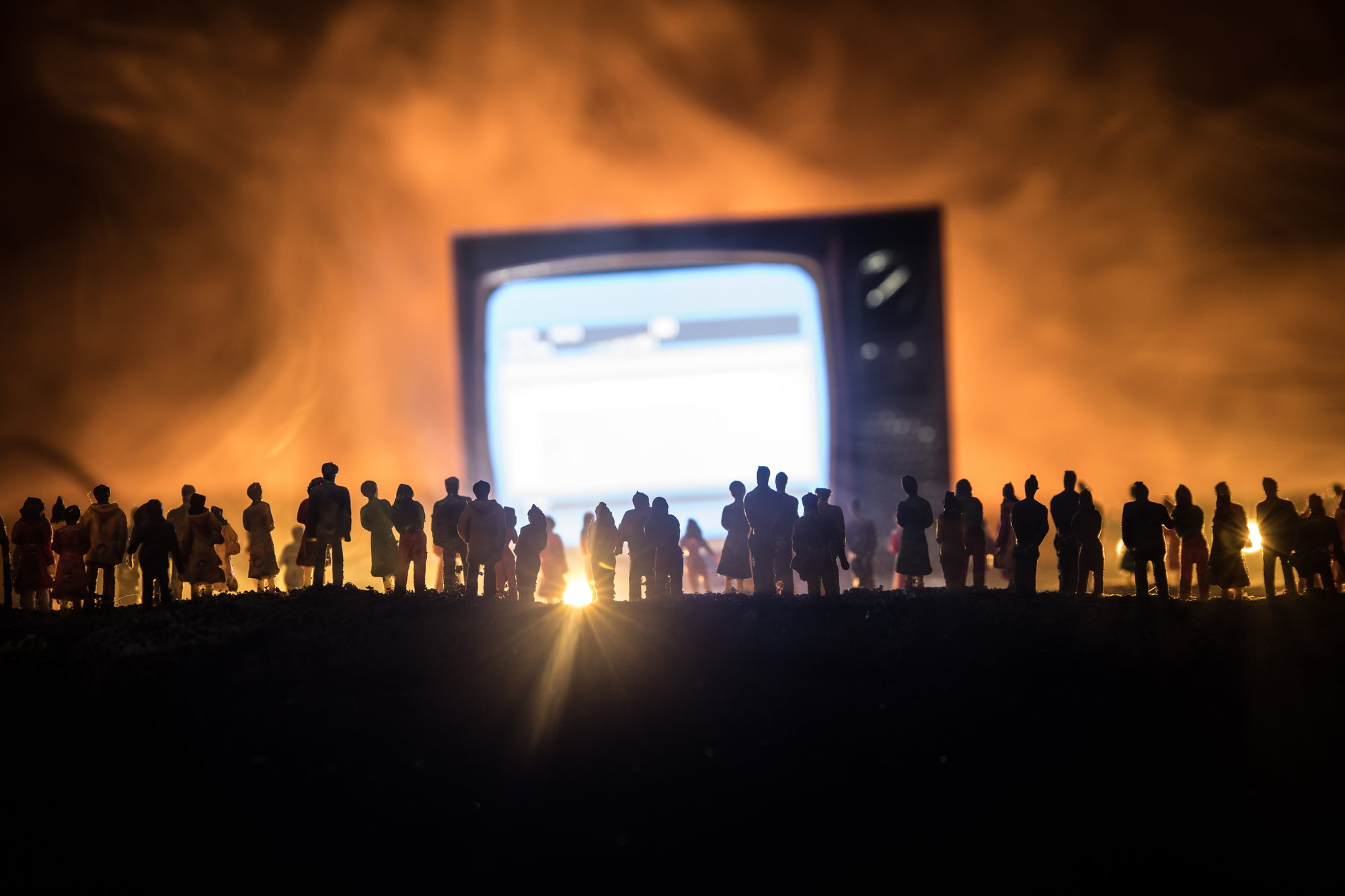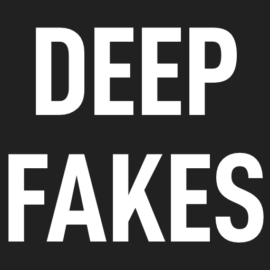Losing Your Mind to AI: The Terrifying Psychology of Deepfakes

When you hear the term "deepfake," what immediately comes to mind? Is it a funny video on TikTok of a celebrity saying or doing something you never would imagine they would do? Maybe it's the more sinister deepfake pornography. Deepfakes might sound like a sci-fi concept, but they’re very much a part of our current reality. These AI-generated media can create hyper-realistic videos and audio of anyone doing or saying anything. Imagine a video of a friend admitting to something they didn’t do or a politician declaring war when they actually want peace. It’s not just tech; it’s a psychological game-changer that affects how we perceive truth.
What Are Deepfakes?
Deepfakes are made possible by a branch of artificial intelligence called deep learning. Imagine teaching a computer to recognize cats and dogs by showing it thousands of images. Over time, the computer learns to identify patterns, like the shape of ears or the texture of fur, and can eventually tell the two animals apart. Deepfakes work in a similar way, but instead of cats and dogs, they focus on human faces.
The process starts with massive datasets of images and videos of a person. The AI studies these datasets to learn the subtleties of their expressions, the way their mouth moves when they speak, and even the way their eyes crinkle when they smile. This learning happens through a neural network, a system designed to mimic the human brain’s ability to process information. The result? A computer that can impersonate someone with eerie accuracy.
The more data the AI has, the better it becomes at mimicry. Early deepfakes were often clumsy and easy to spot, with glitches and inconsistencies that gave them away. But as the technology has advanced, the line between real and fake has blurred. Today, deepfakes can be so realistic that even experts struggle to detect them. This rapid evolution is what makes deepfakes so unsettling—they’re constantly improving, pushing the boundaries of what we thought was possible. Take the video below of Tom Cruise; this was from 2021! Imagine how far the technology has already advanced in just a couple of years.
The Psychology of Belief
Our brains are wired to trust what we see. This isn’t just a habit; it’s a survival instinct. For most of human history, seeing something with our own eyes meant it was real. But deepfakes exploit this instinct, slipping past our mental defenses like a digital Trojan horse.
The problem lies in how quickly our brains process visual information. Our visual cortex can interpret images in a matter of milliseconds, long before our critical thinking has a chance to kick in. This means we often accept what we see as true before we’ve had time to question it. Deepfakes weaponize this cognitive shortcut, creating illusions that feel almost impossible to doubt.
The psychological impact of this isn’t just about individual videos or audio recordings; it’s about the broader erosion of trust. When we can’t rely on our own eyes and ears, we start to question everything. It’s not just about whether a specific video is real or fake; it’s about the creeping uncertainty that follows us every time we consume digital media. Am I seeing the truth? Can I believe anything anymore?
This kind of uncertainty has a profound effect on our mental state. Psychologists are now documenting a phenomenon called “reality anxiety,” a persistent doubt about the authenticity of digital information. It’s not paranoia or feeling like you've lost your mind; it’s a rational response to a world where synthetic media is becoming increasingly common. Take a look at the article below from Dr. Marlynn Wei in Psychology Today regarding the psychological impact of deepfakes.

Real-World Consequences
The psychological toll of deepfakes doesn’t stop at individual doubt. It actually reshapes how we interact with each other. Imagine receiving a video call from a loved one, only to wonder if it’s really them or a deepfake impersonation. Or picture a world where every piece of digital media is suspect, from news reports to social media posts. This kind of uncertainty creates a climate of mistrust that seeps into every aspect of our lives.
One of the most insidious effects of deepfakes is how they attack our sense of collective reality. In the past, we could generally agree on what was true and what wasn’t. But deepfakes are eroding that shared understanding, creating a world where truth is no longer objective but subjective. If I can’t trust what you’re showing me, how can we agree on anything?
This is especially dangerous in the context of politics and public discourse. Imagine a world leader appearing in a deepfake video to declare war or a fabricated recording of a political leader making inflammatory remarks. The potential for chaos is staggering. And while these scenarios might sound like something out of a thriller, they’re already starting to happen in the real world. According to the Alan Turing Institute in the UK, "...nine in ten people (87.4%) in the UK are concerned about deepfakes affecting election results...." This concern is certainly not going to subside anytime soon. We are likely to see deepfakes appear more frequently as the technology continues to advance. Maybe there is more out there, and we just have not become capable enough to identify them.
The Arms Race Between Creation and Detection
As deepfakes become more sophisticated, so do the tools designed to detect them. Researchers are now developing advanced AI systems that can spot the tiny flaws in synthetic media that are invisible to the human eye. These systems look for things like unnatural blinking patterns, inconsistent facial expressions, and digital artifacts that betray the fake.
But detection isn’t the only solution. Media literacy is becoming more important than ever. By teaching people how to critically evaluate digital content they consume, we can empower them to make informed decisions about what they see and hear. This isn’t just about technical skills; it’s about fostering a healthy dose of skepticism in a world where nothing is as it seems. Take a look at the short media literacy course from MIT below; these are the types of courses needed to foster that digital literacy that prepares us for the future.

The Ethical and Legal Challenges
The legal landscape surrounding deepfakes is still largely uncharted territory. Most laws are playing catch-up with technology that can create and spread synthetic media at lightning speed. One of the biggest ethical questions is about consent: should someone have the right to create a digital replica of another person without their permission?
The answer isn’t simple. On one hand, deepfakes have the potential to be used for good, like recreating historical figures for educational purposes or allowing actors to perform in multiple roles at once. On the other hand, the potential for abuse is enormous. As the technology continues to evolve, we’ll need to find a way to balance innovation with protection for individuals. Countries like the United States struggle to pass laws on things such as non-consensual deepfake pornography, as noted in this September 2024 Wire article.

The Future of Truth
Deepfakes aren’t just a technological challenge; they're also a philosophical one. They force us to confront fundamental questions about the nature of truth and how we perceive reality. In a world where synthetic media can be indistinguishable from the real thing, what does it mean to “know” something?
The answer lies in our ability to adapt. As deepfakes become more common, we’ll need to develop new ways of thinking about information. This means fostering critical thinking skills, promoting media literacy, and creating a culture of skepticism. It also means investing in the technologies that can help us detect and combat synthetic media.
Ultimately, the future of deepfakes isn’t about stopping the technology—it’s about learning to live with it. By embracing these challenges with wisdom and creativity, we can turn a potential crisis into an opportunity for growth. The synthetic future is already here, and it’s up to us to shape it.








